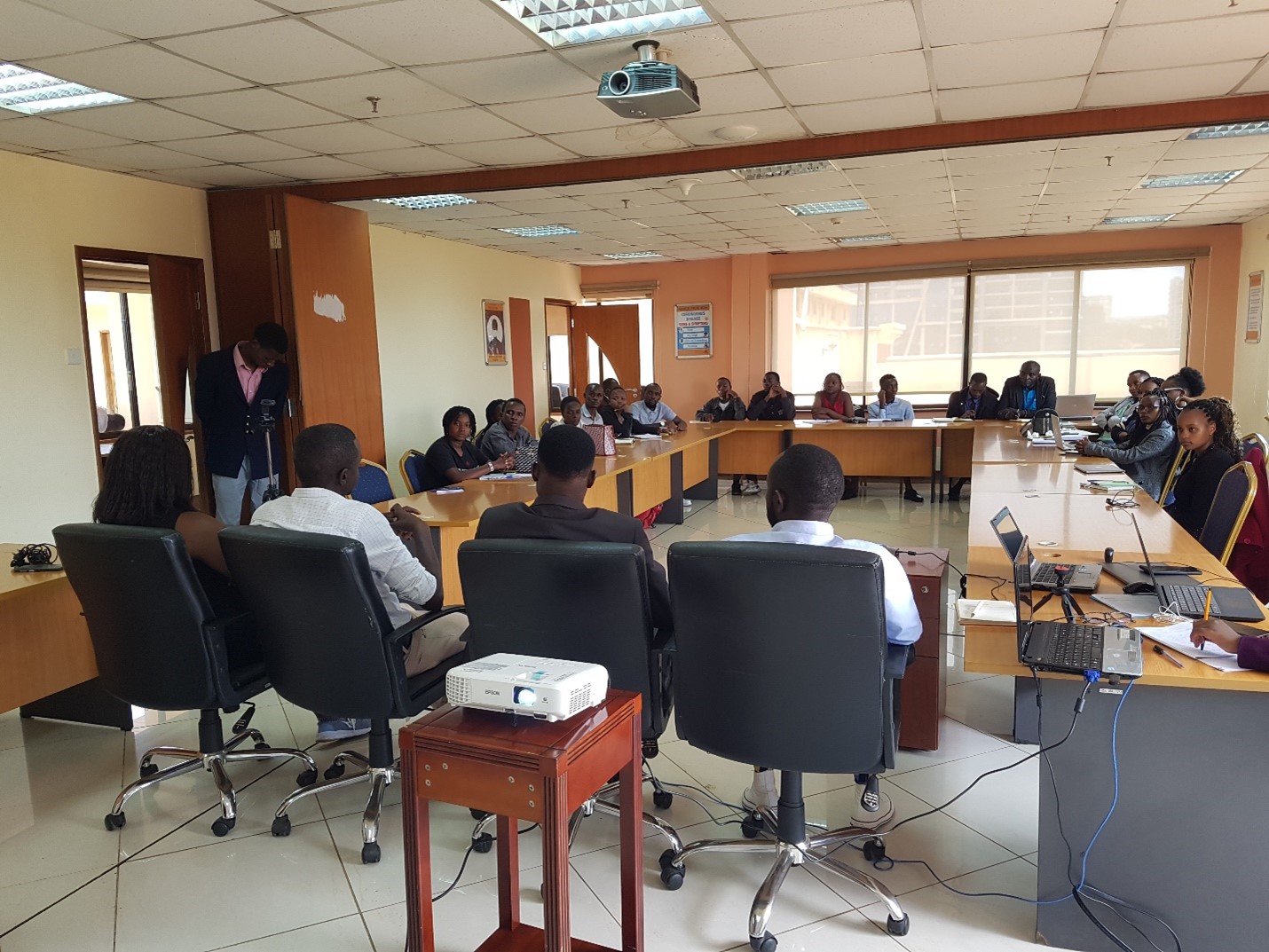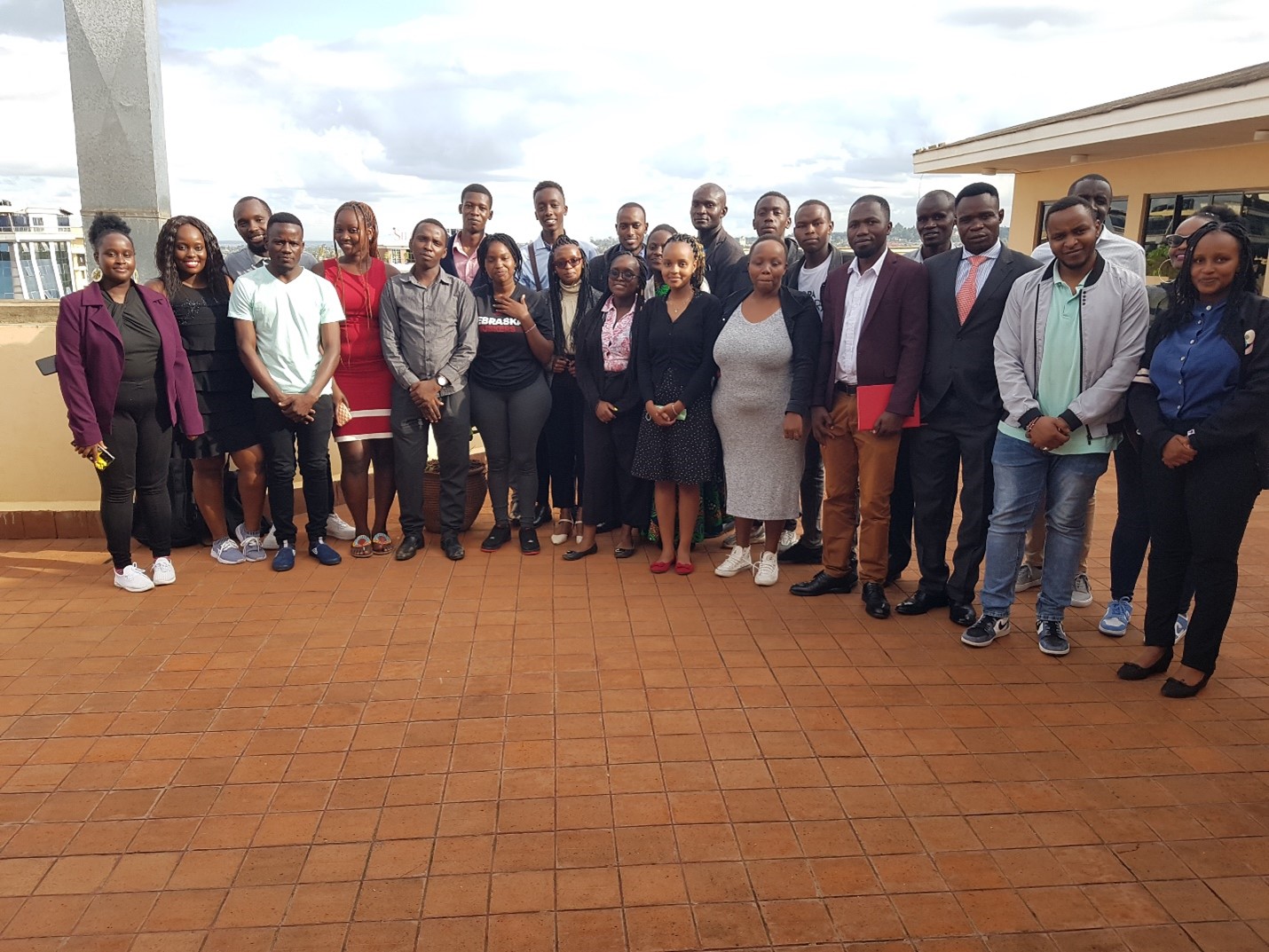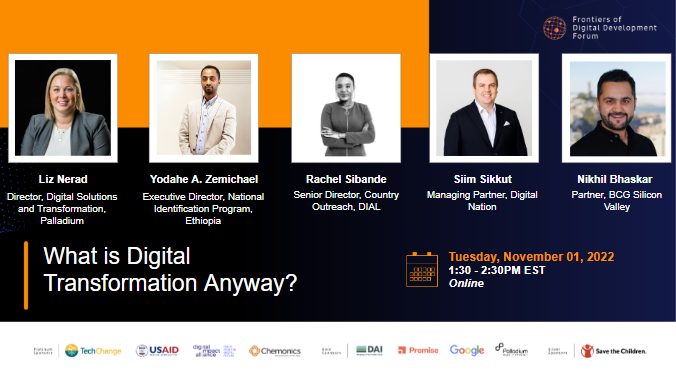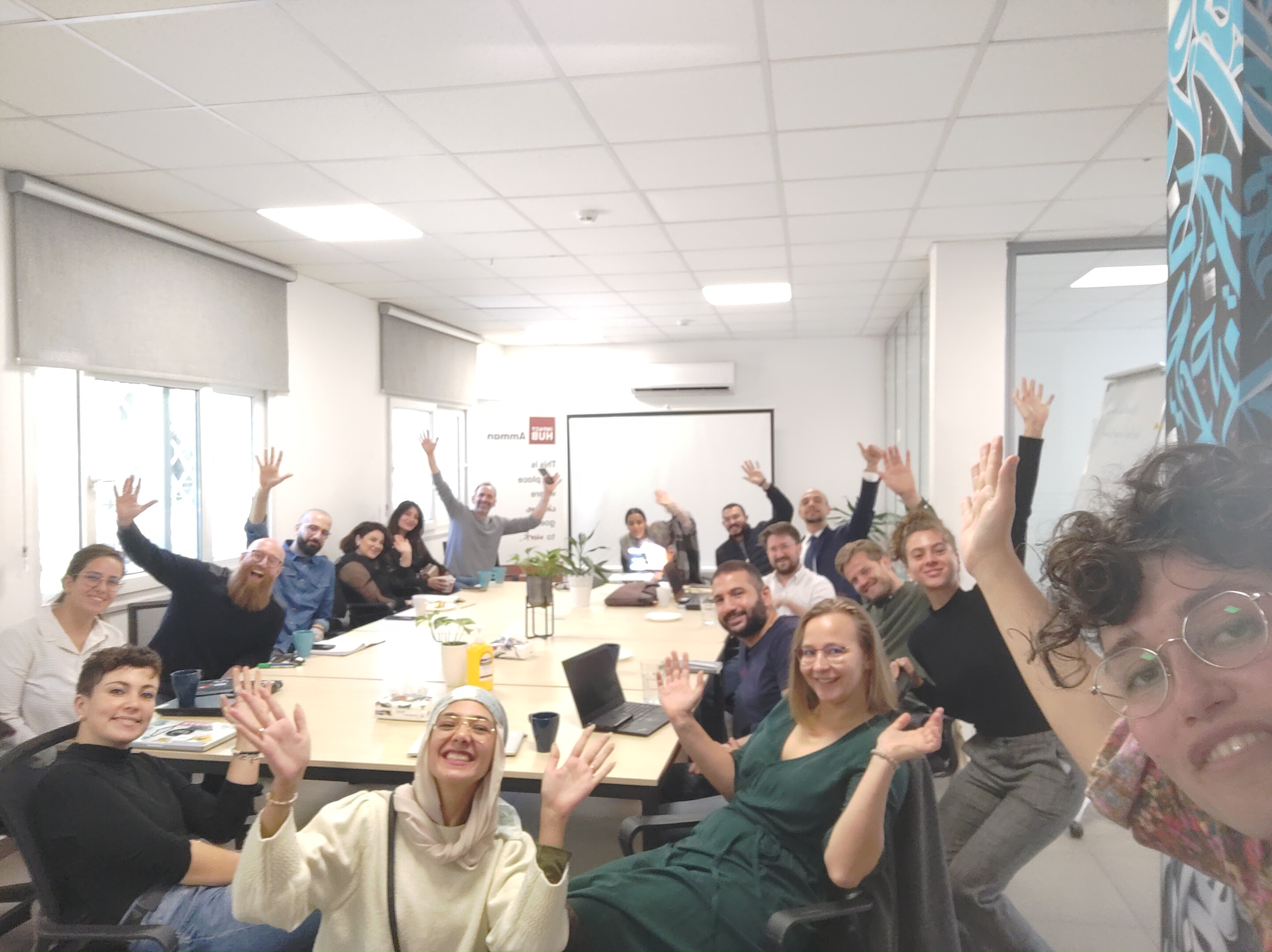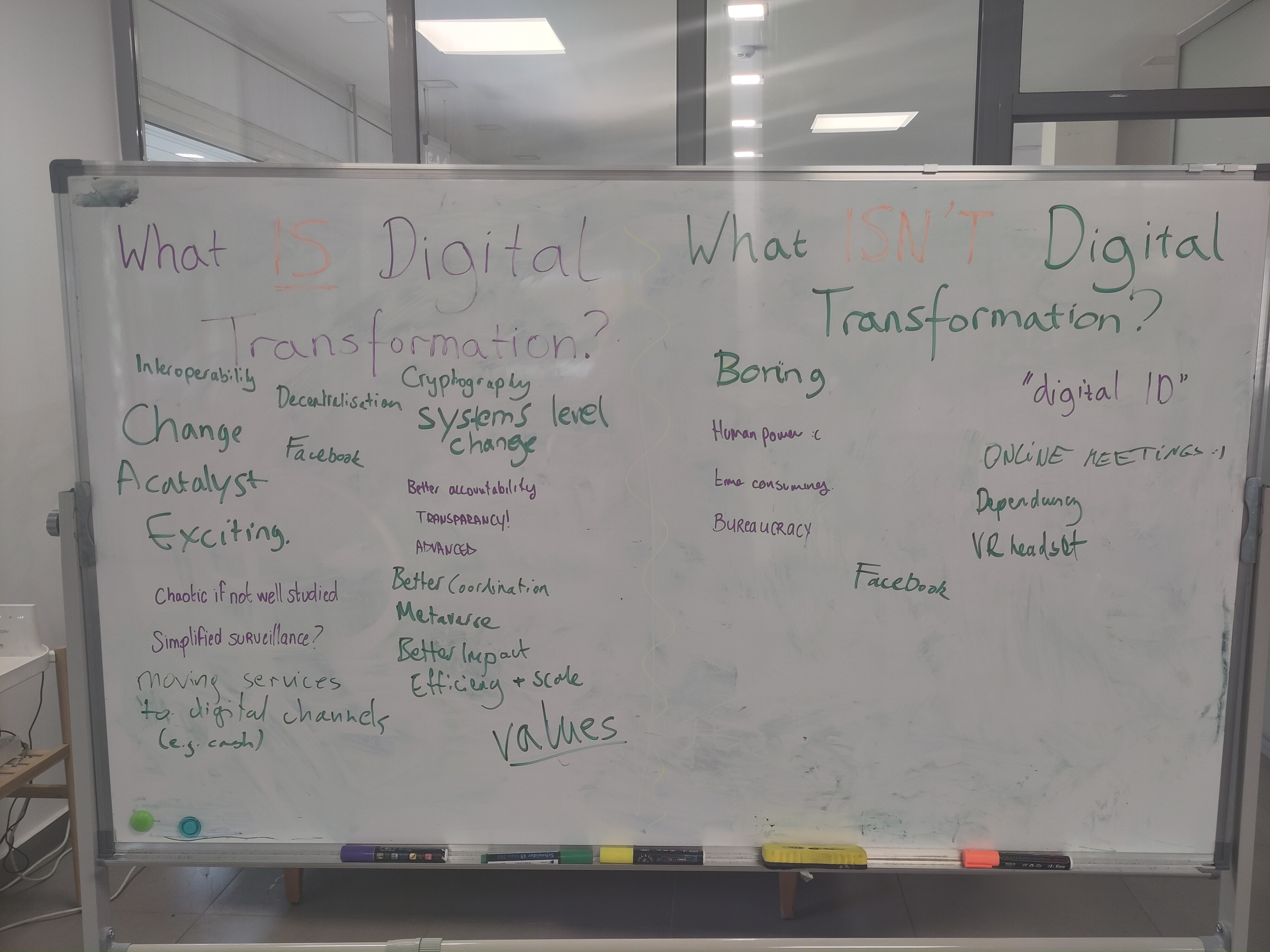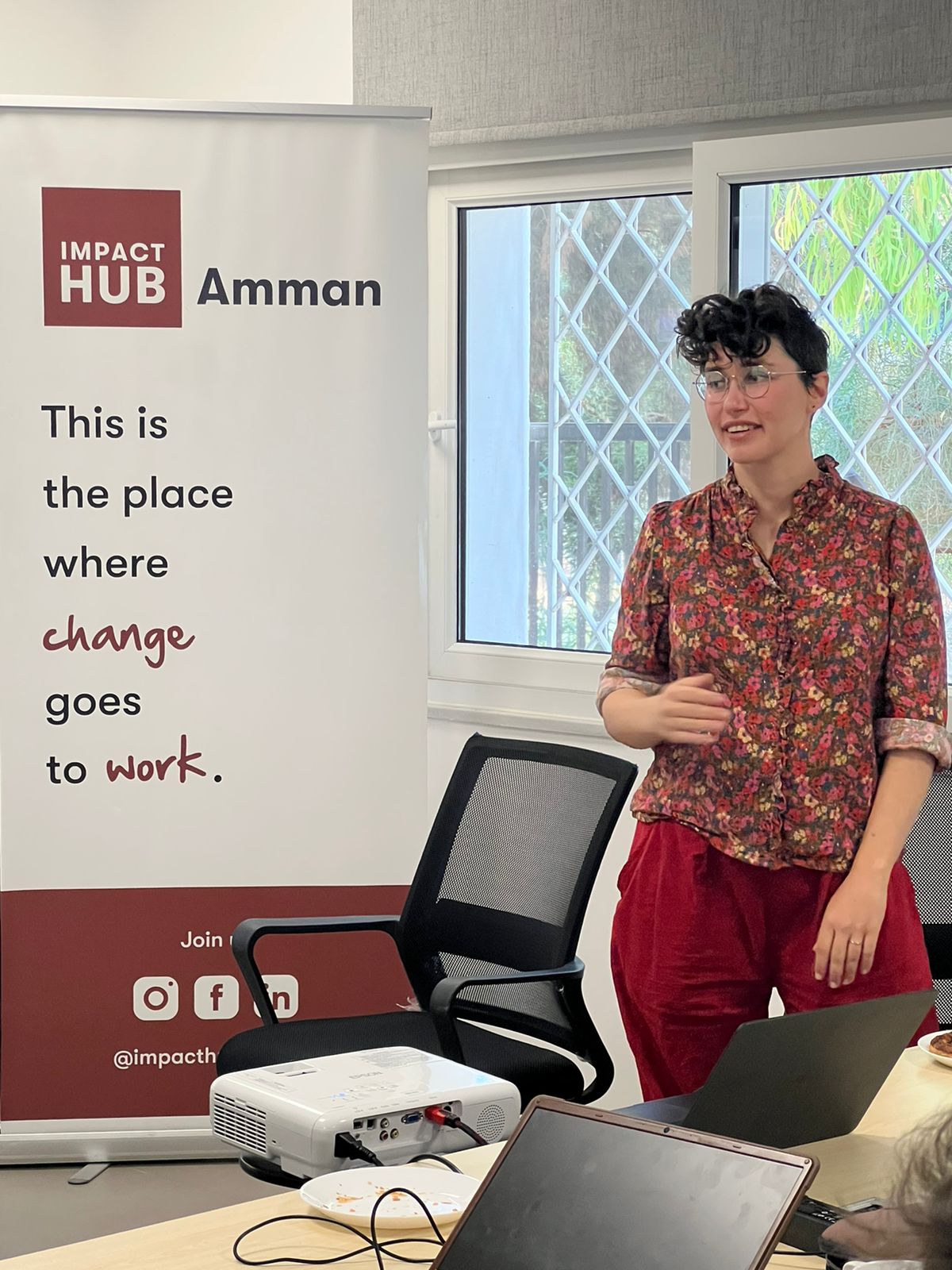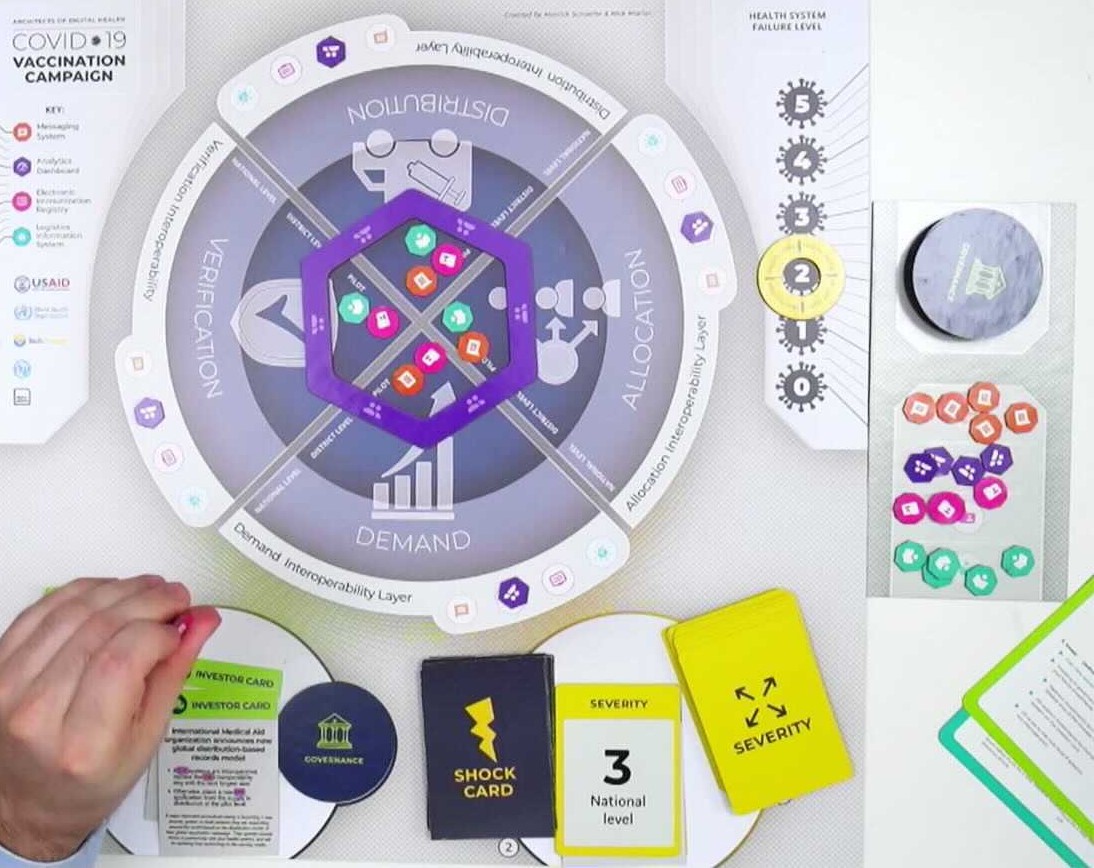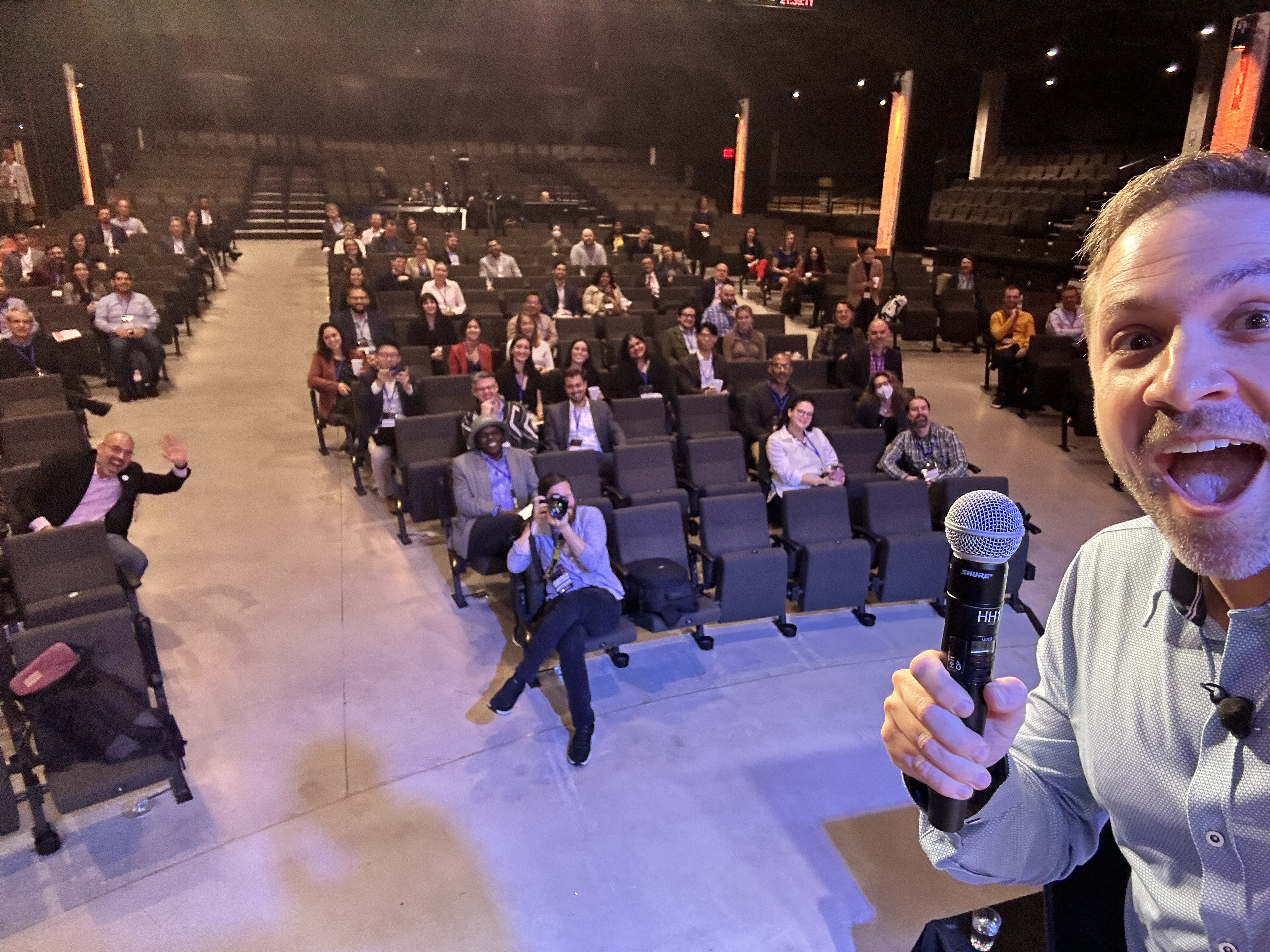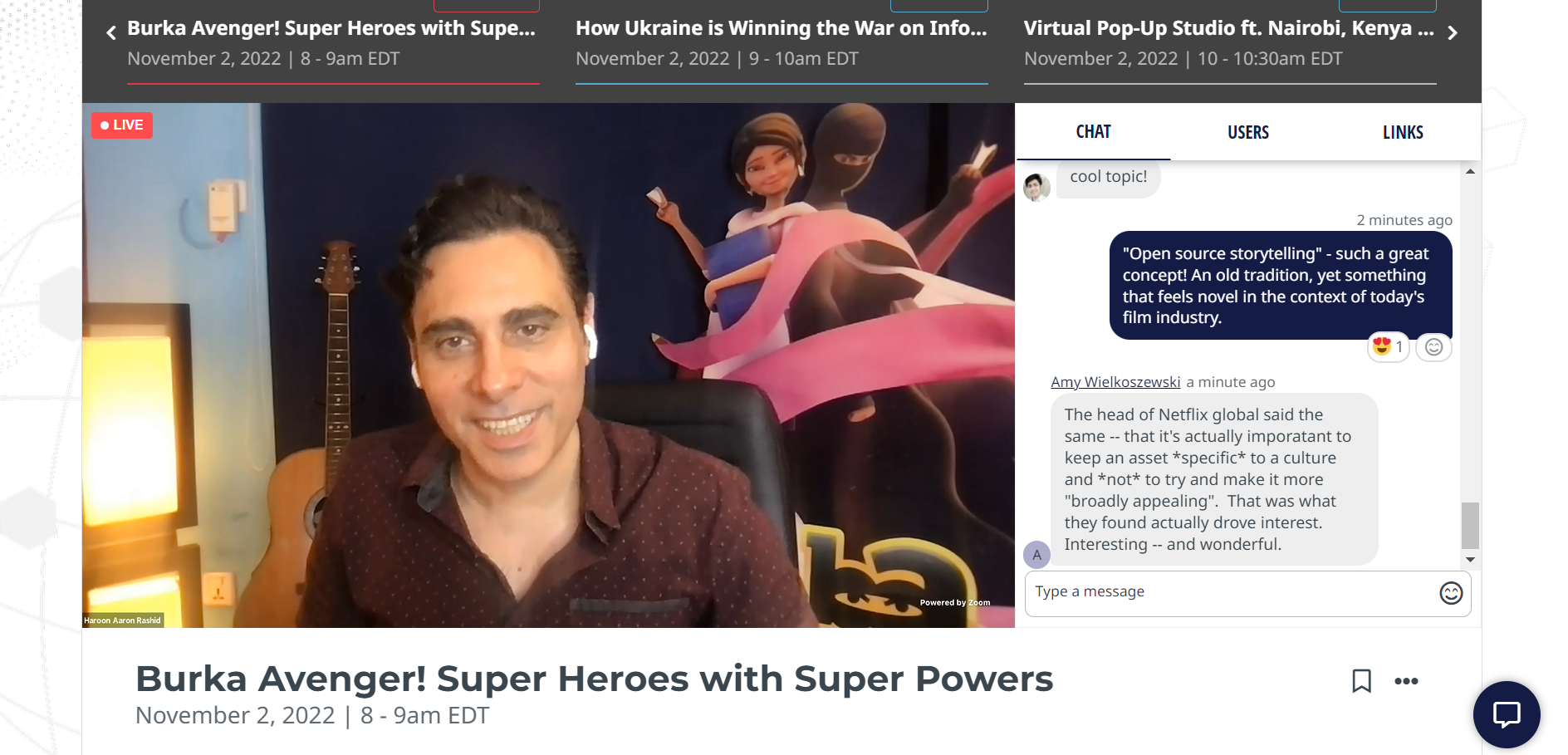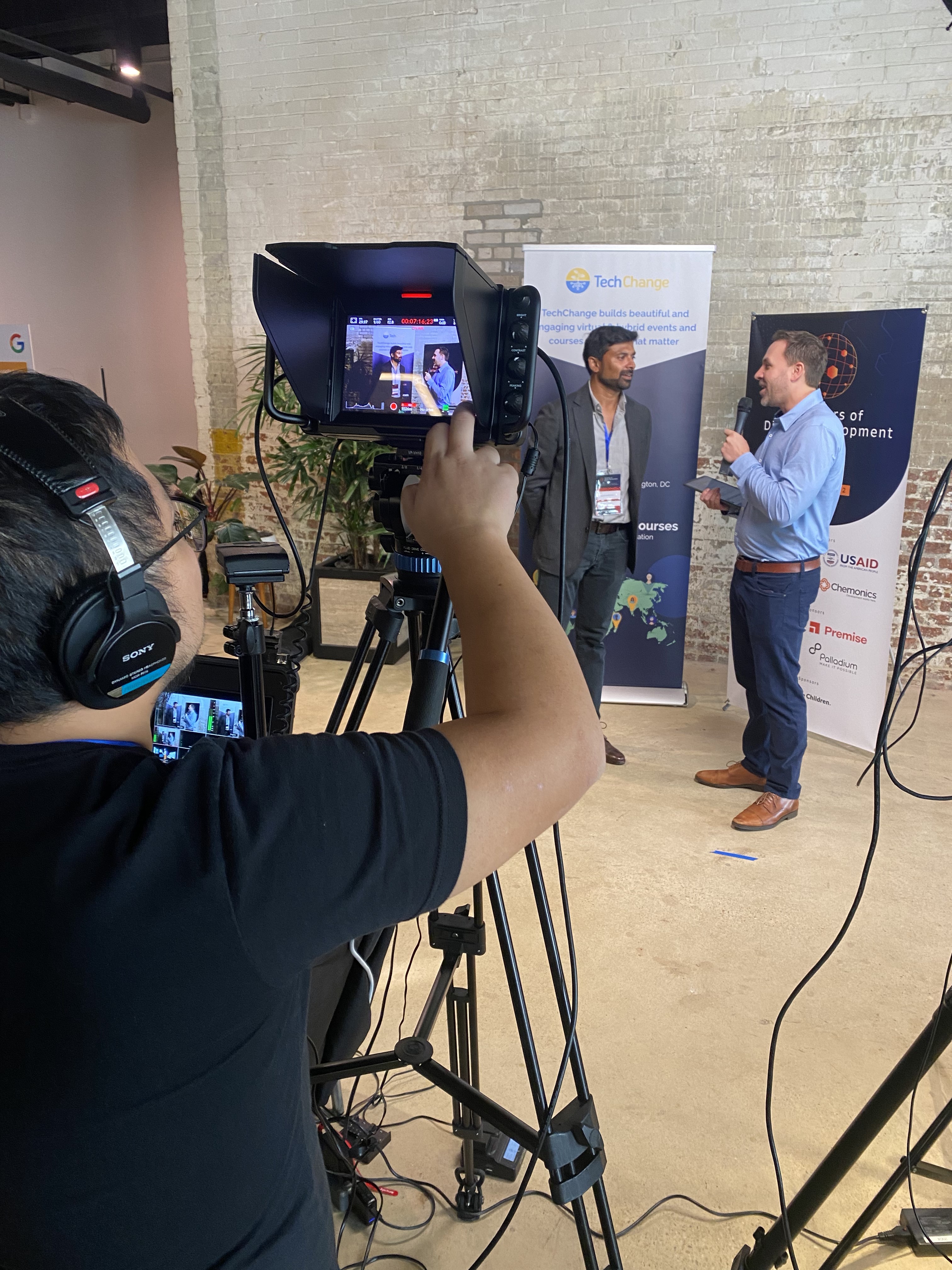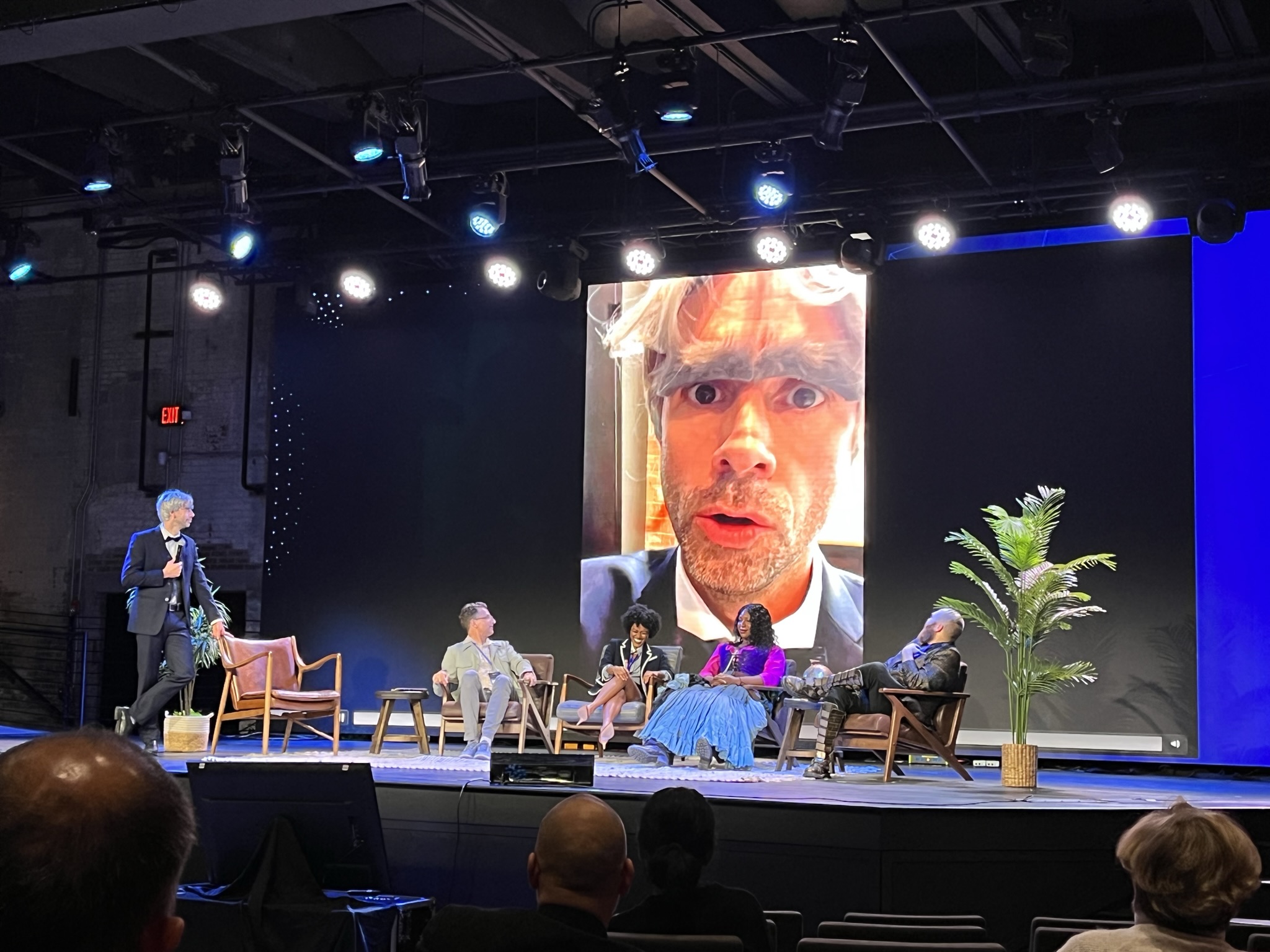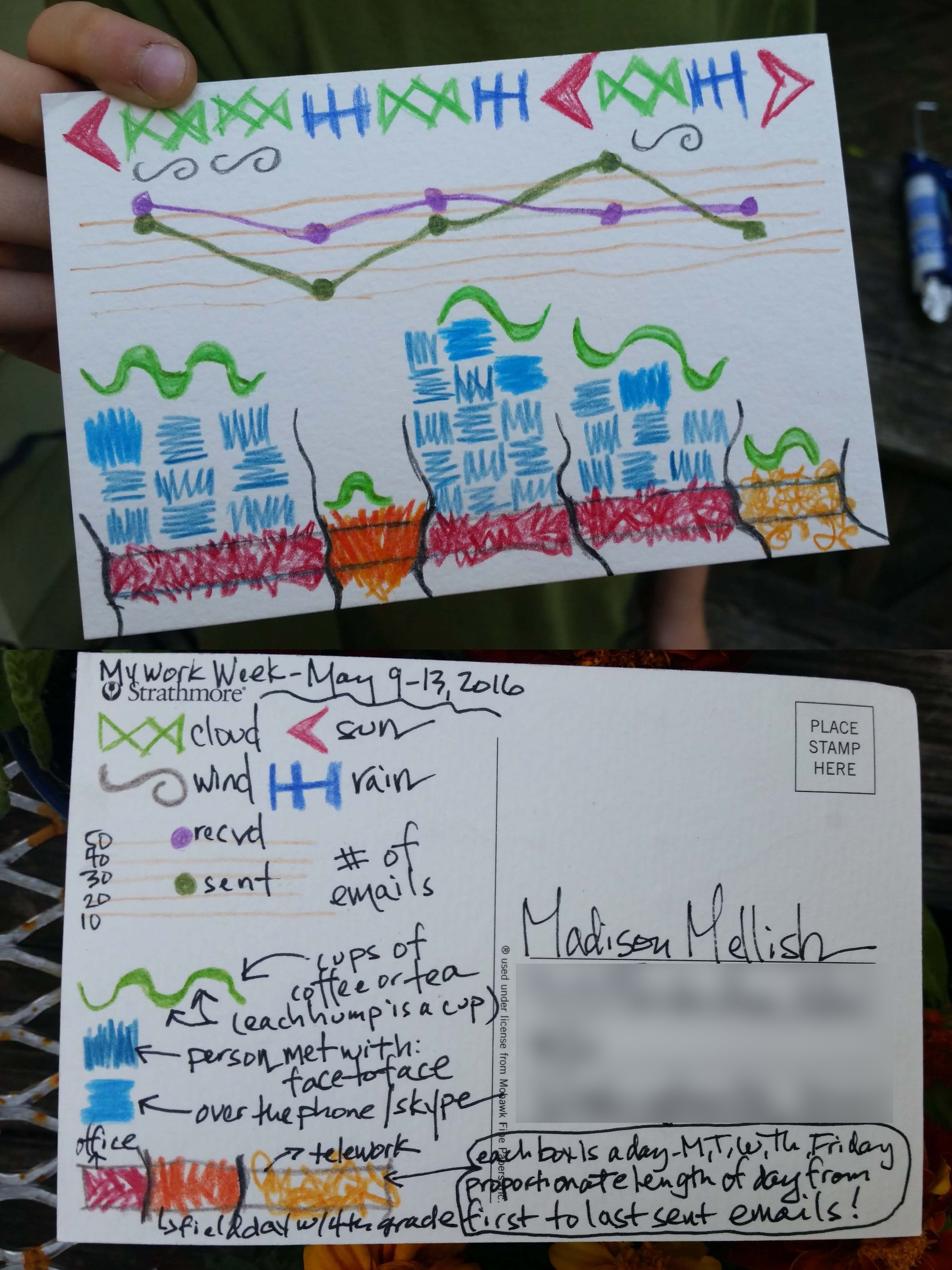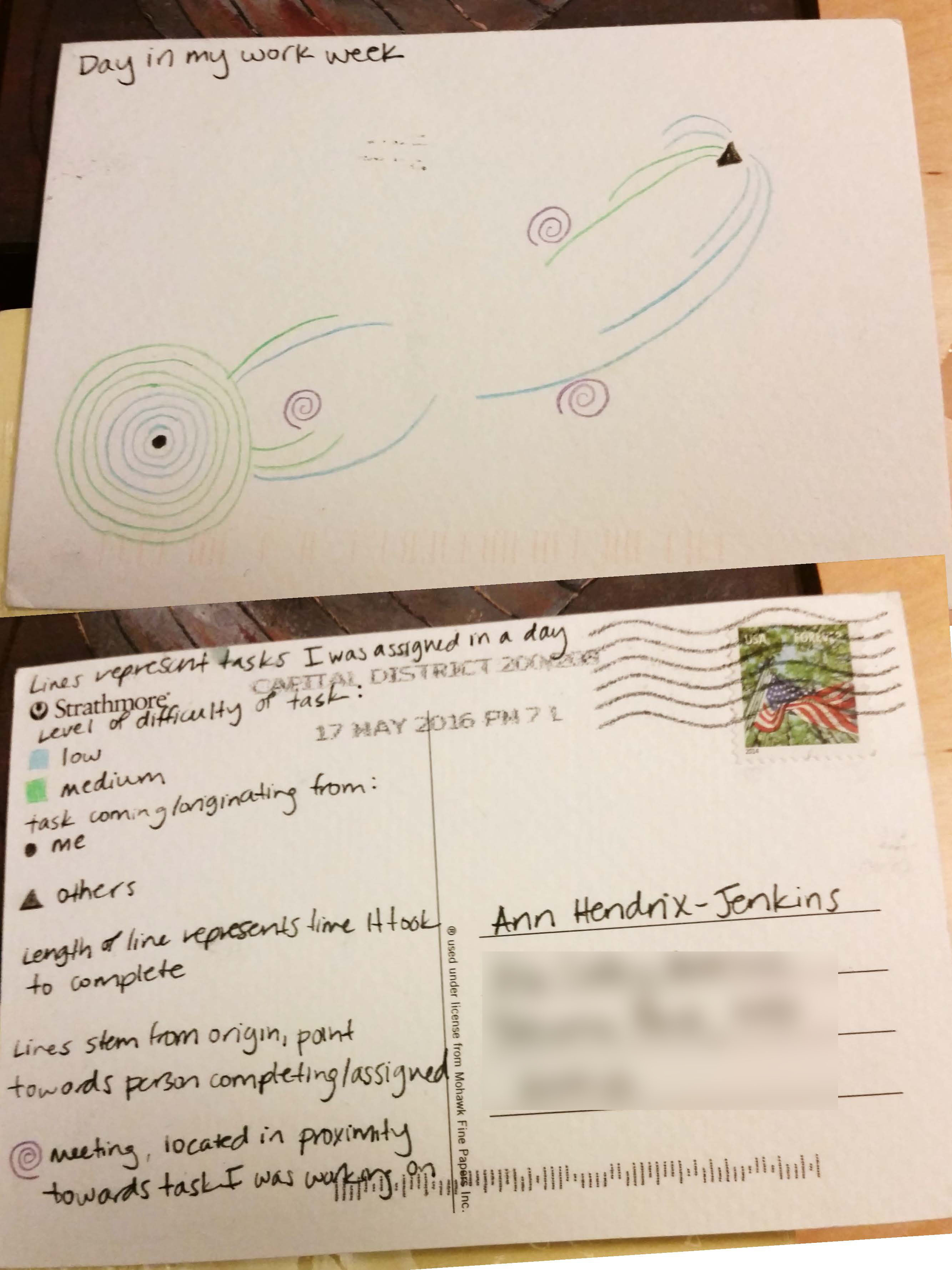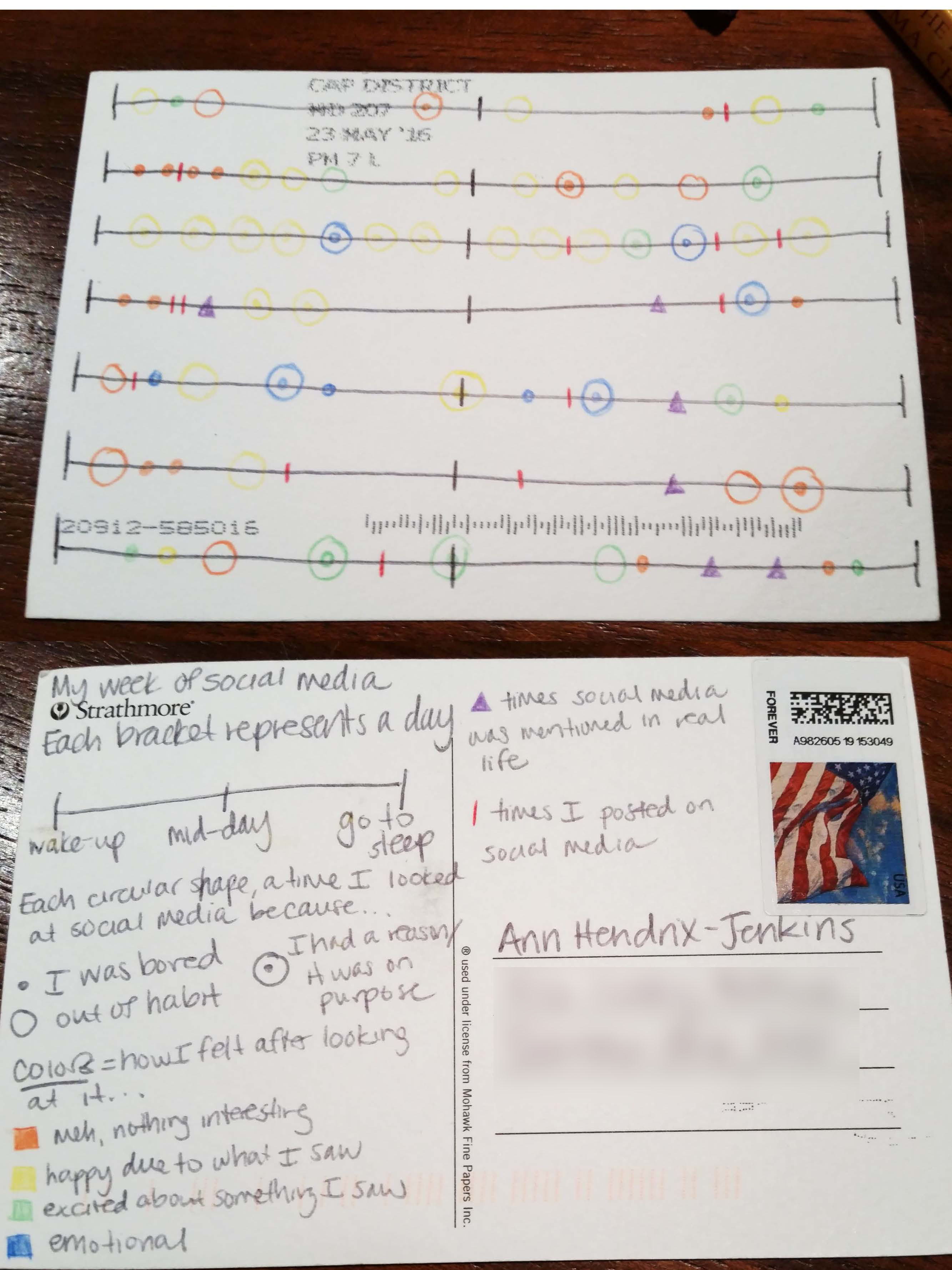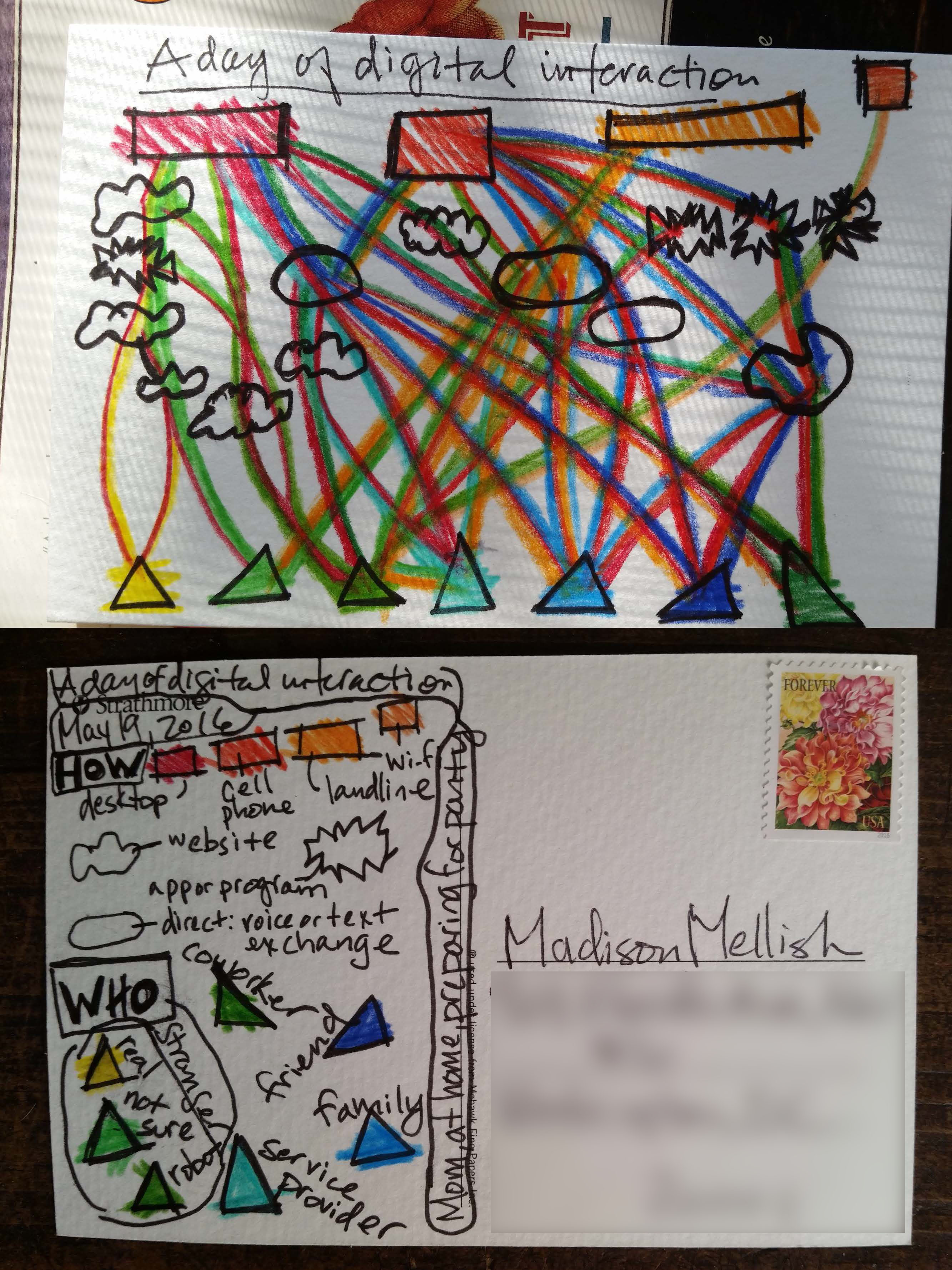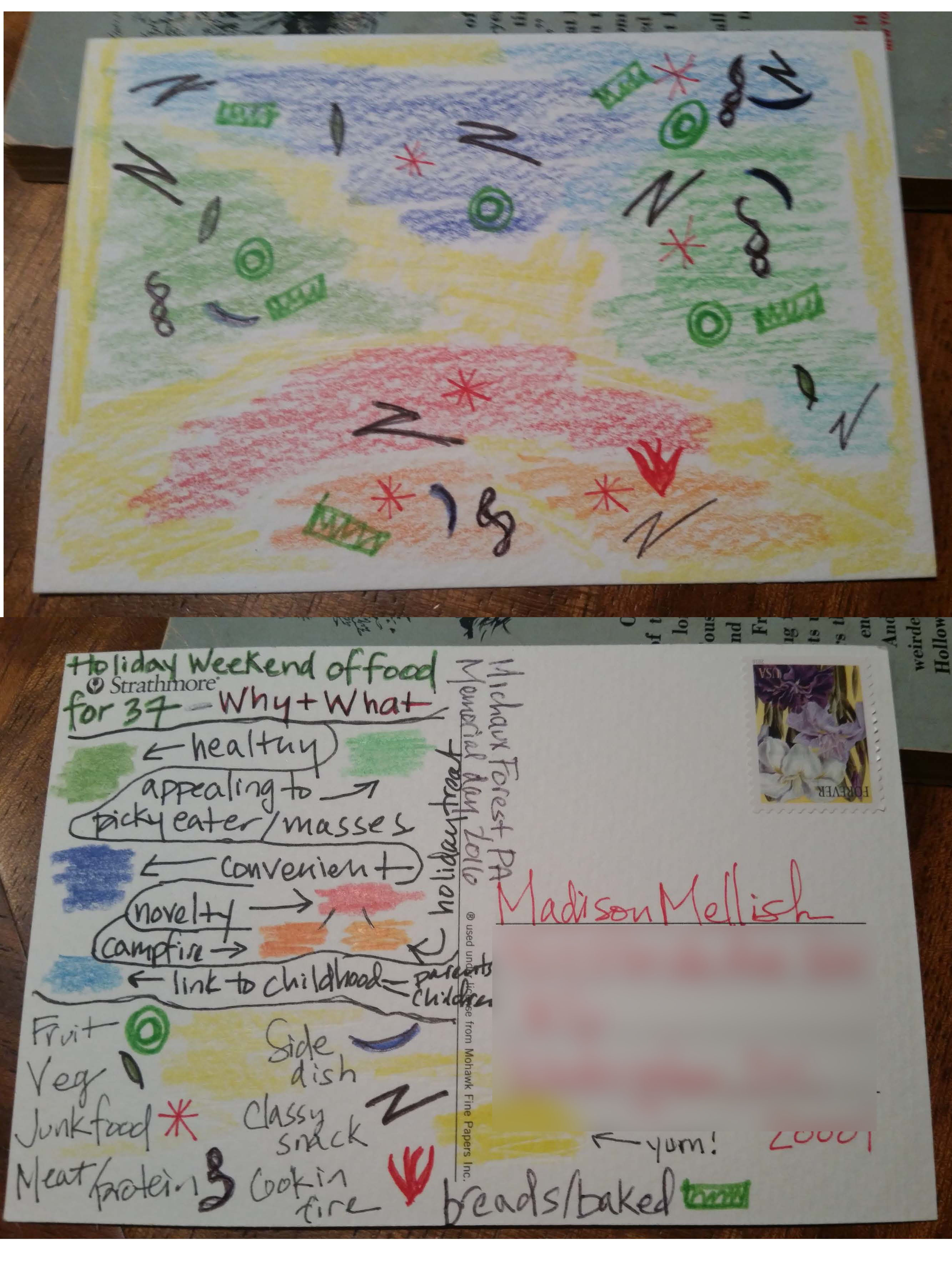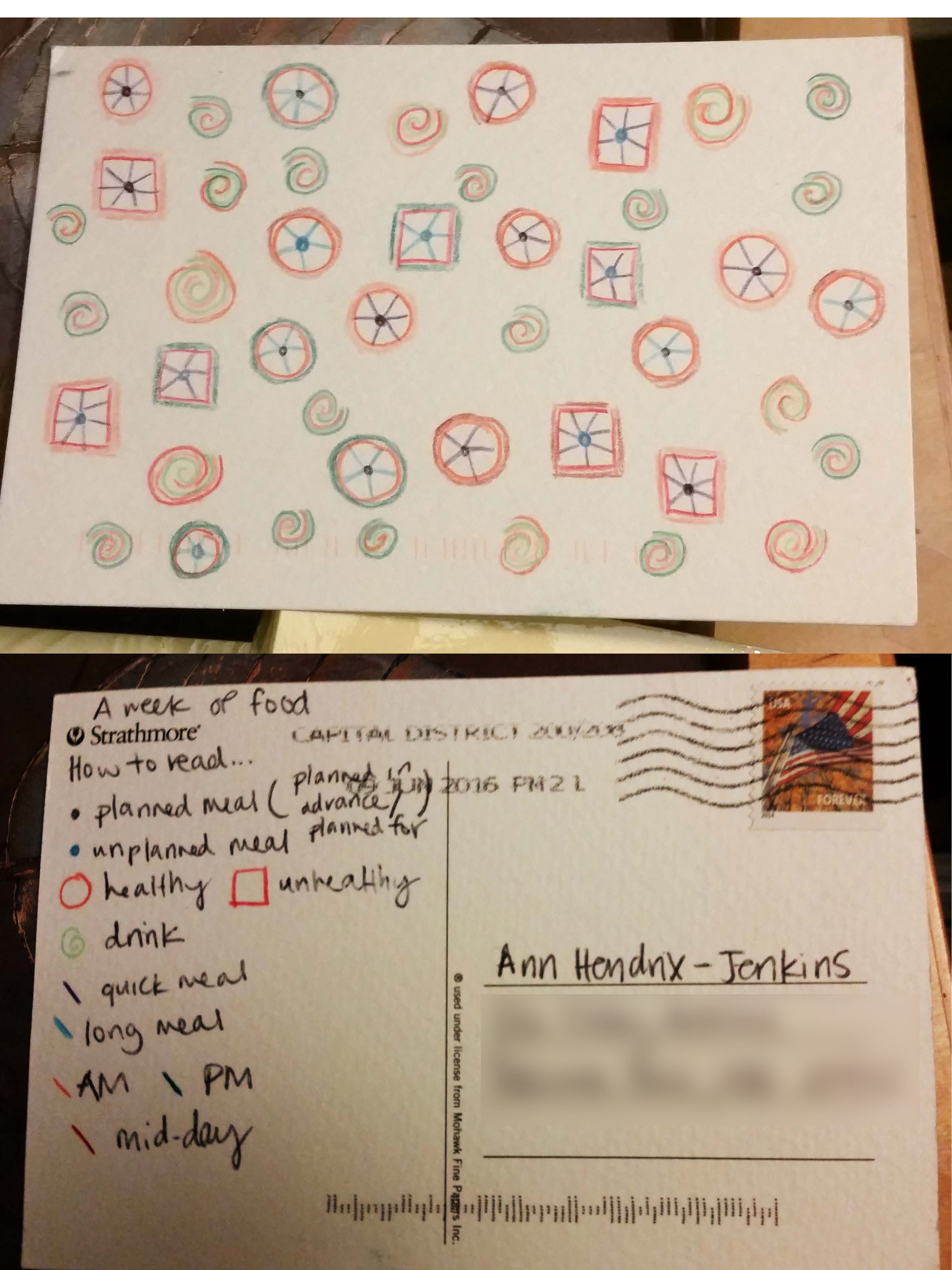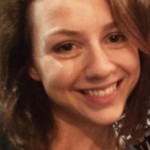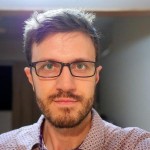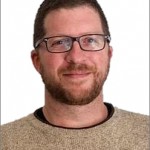By Omondi Peter, GDDF Ambassador – Kenya
Being a sports enthusiast, Covid – 19 meant no team sports, and this was frustrating to me. I spent much of my time indoors building and testing online Life Skills Challenges for my students which I found interesting and consoling in some way.
During the Covid-19 pandemic, TechChange was looking for volunteers to help facilitate Happy Hour Sessions during the Our Future Our Voices Youth Summit under International Youth Foundation.
I signed up for the role and I was accepted. This role gave me an opportunity to learn and connect with a wide range of professionals from across the globe. My favorite moment though was the points segment whereby contributing and engaging on discussion threads earned one points. I emerged the top point winner for the Summit, and I felt so nice about it.
Since then, I kept following TechChange events and in 2022 I saw an open call for participation for Global Digital Development Forum to which I signed up.
My main aim here was to be the most active platform user and contributor on discussions that I felt were relevant. My goal was to earn the most points and win. I attended nearly all the live sessions, breakout sessions, listened to all the lightening talks, attended most the tech demos, and had my nose in nearly every virtual room of the GDDF 2022. Turned out to be the top point winner with 1852 points, followed very closely by Wayan Vota who came in second with 1631 points. Again, I felt motivated as I had found my niche and field of play.
Being a Top Point winner, I had a number of offers to choose from, I selected a 30 minutes 1 – 1 coaching session with CEO TechChange Nick Martin, our meeting was facilitated by Kristen Weymouth and I met Nick Martin who hinted to me about the Hybrid Pilot projects regarding the GDDF and asked if I would be interested to be part of that, I said to Nick, “By all means, bring it on.” True to his word I was recruited as an Ambassador for the Frontiers of Digital Development Forum in 2022, where my role was to organize and facilitate a hybrid watch Party in Nairobi.
Come 2023, TechChange again was looking to roll out a hybrid pilot for the Global Digital Development Forum and I was asked if I would be interested to be an Ambassador for the GDDF 2023 to which I accepted. This time I had two goals, to lead one of the best Watch Parties and to be the top point winner on the GDDF TechChange Platform.
I can proudly say I did both and felt really good about it. By being part of the first ever hybrid version of GDDF, leading a watch party that brought 29 participants and seven major organizational representatives in one room to engage on real issues affecting their local communities, the following are some of the lessons I learnt going through the process.
- TechChange has a working model that is already transforming the convening landscape starting with Tech players and industries and more partners and stakeholders need to join in.
- We do not have to travel to New York City etc for conferences to engage on issues affecting us locally, we can just be empowered to organize our local sessions and synchronize that to the main event happening anywhere around the world.
- Building partnership is key for such projects to thrive, thank you to Palladium; Make it possible for believing on the idea and sponsoring and hosting the Kenya Watch Party.
- Young people are a powerhouse of change, all they need is a clear direction and tools to realize their full potential.
- The pandemic has transformed the way people view things especially the education and convening models and the hybrid mode approach is the way to go.
The Kenya watch Party event was unique, as it involved both local and international guests, with the most enticing element being the Team Project at the end where participants were divided into 4 groups, each group was tasked to come up with a project they will undertake post the GDDF 2023 to help mitigate Climate Change issues in Kenya.
With TechChange providing an open space for the ambassadors to create their own models to meet their own needs made the whole concept more interesting and fun as it allowed flexibility and creativity resulting to diverse outcomes.
With the firm foundation established for the future GDDF, the team is now building their own momentum focusing on the 2023 Kenya Watch Party Theme “Tech4ClimateChange” both online and offline looking forward to the GDDF 2024.
